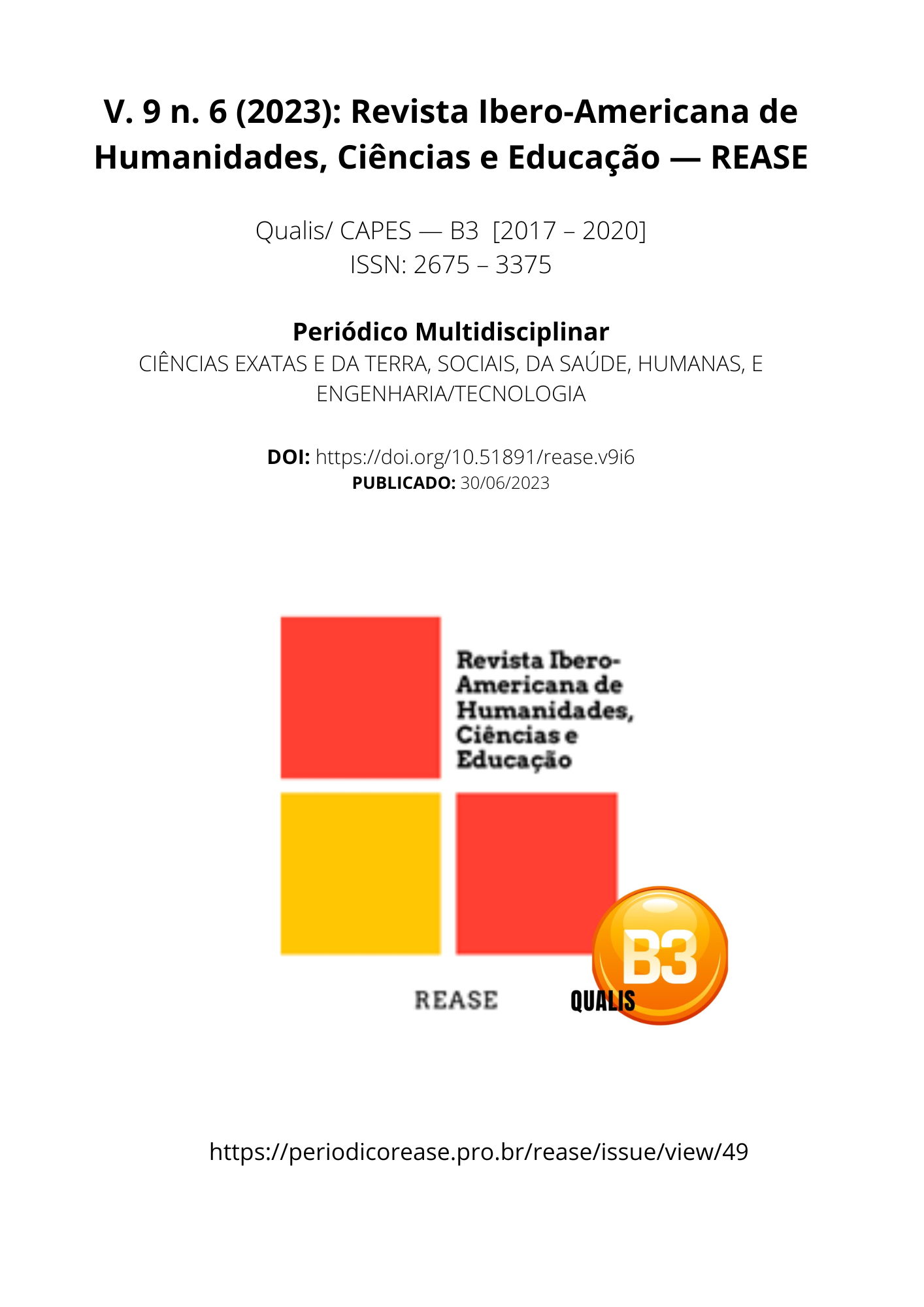EDUCATION, TECHNOLOGY AND THEIR REBOUNDS: AN INTERACTION IN THE LIGHT OF TEACHER PERCEPTIONS
DOI:
https://doi.org/10.51891/rease.v9i6.10187Keywords:
Teacher. Education. Technology.Abstract
The last few years have been marked by the acceleration and intensification of technological advances and digital transformation around the world. This scientific article is justified as a result of an inquiry about technology and its repercussions in the context of Brazilian education. For that, it was necessary to gather professors and investigate their perceptions on this very important theme, uniting these interactions in the light of other researches focused on this subject of discussion and, consequently, making the world aware. The main objective of these writings is to contemplate the value of the representation and evolution of technologies in a more comprehensive way and, especially, from the perspective of an evolutionary process in this bias of education. To this end, three professors from different areas were invited as a way to establish an analysis of the main challenges and difficulties in relation to the theme of digital transformation and inclusion in educational daily life. The results point to the need to transcend the conventional, rigid and linear model, from a new paradigm that includes creative proposals and interdisciplinary and transdisciplinary construction.
Downloads
Downloads
Published
How to Cite
Issue
Section
Categories
License
Atribuição CC BY

